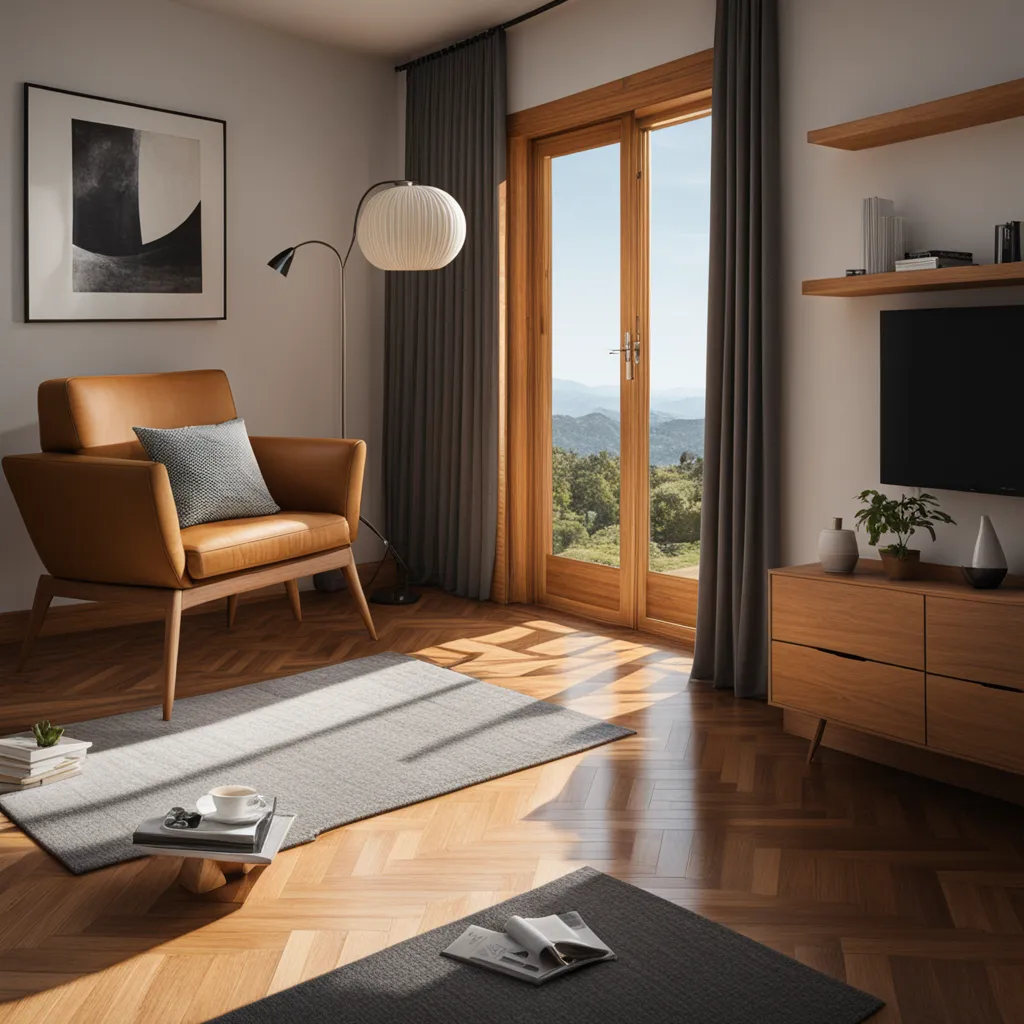Living with Less: Exploring the Art of Minimalism
In a world often characterized by excess and consumerism, the philosophy of minimalism offers a refreshing perspective on living with intention and purpose. Embracing the art of minimalism involves simplifying one's life, focusing on what truly matters, and finding fulfillment in experiences rather than possessions. Let's delve into the principles of minimalism and address common questions about adopting this lifestyle.

Q: What is minimalism, and how does it differ from living a frugal life?
A: Minimalism is a lifestyle that encourages intentional living with a focus on essential aspects that bring joy and value. It's not solely about cutting costs, as in frugality, but rather about eliminating the unnecessary, decluttering both physical and mental spaces, and finding contentment in simplicity.
Q: How can individuals start incorporating minimalism into their lives?
A: Starting with small steps is key to incorporating minimalism. Begin by decluttering spaces, letting go of items with no practical use or sentimental value. Evaluate purchases with intention, opting for quality over quantity, and consider the impact of possessions on overall well-being.
Q: Does minimalism mean getting rid of all possessions?
A: No, minimalism doesn't necessitate getting rid of all possessions. Instead, it encourages individuals to surround themselves with items that add value and joy. This may involve decluttering excess belongings but retaining those that serve a purpose or hold significant meaning.
Q: Can families with children practice minimalism?
A: Absolutely, families with children can practice minimalism. In a family setting, minimalism involves mindful consumption, teaching children about intentional living, and prioritizing experiences over material possessions. It's about creating a home environment that aligns with the family's values.
Q: How does minimalism relate to environmental sustainability?
A: Minimalism aligns with environmental sustainability by promoting conscious consumption. Choosing quality items that last longer, reducing waste through decluttering, and being mindful of the environmental impact of purchases contribute to a more sustainable and eco-friendly lifestyle.
Q: Is minimalism only about physical possessions, or does it extend to other aspects of life?
A: While physical possessions are a significant aspect, minimalism extends beyond them to include simplifying other aspects of life. This includes minimizing digital clutter, simplifying schedules, and focusing on relationships and experiences that bring fulfillment.
Q: Can minimalism positively impact mental well-being?
A: Yes, minimalism can positively impact mental well-being. By decluttering physical spaces, individuals often experience a corresponding decluttering of the mind. The intentional and mindful approach to living in alignment with one's values can reduce stress and increase overall life satisfaction.
Q: How can individuals resist societal pressures to accumulate more?
A: Resisting societal pressures involves cultivating a strong sense of personal values and priorities. Establishing clear goals, understanding the difference between needs and wants, and finding contentment in experiences rather than possessions can help individuals stay true to their minimalist principles.
Q: Is minimalism only for those with a certain income level?
A: Minimalism is for individuals of all income levels. It's not about the quantity or cost of possessions but about intentional and mindful living. Individuals with varying financial means can embrace minimalism by making conscious choices about what adds value to their lives.
Q: Can minimalism contribute to a more meaningful and fulfilling life?
A: Yes, minimalism can contribute to a more meaningful and fulfilling life by redirecting focus toward what truly matters. By eliminating distractions, simplifying choices, and fostering gratitude for the present moment, individuals often find greater contentment and purpose in their lives.
Embracing minimalism is a personal journey, and there is no one-size-fits-all approach. Whether it involves decluttering physical spaces, simplifying schedules, or reassessing priorities, the art of minimalism invites individuals to explore a life centered around meaning, intention, and the pursuit of true fulfillment.







